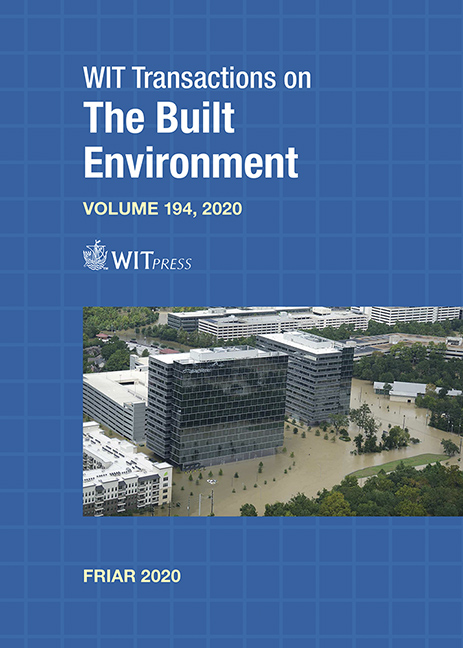INTEGRATED STRATEGIES FOR RIVER RESTORATION AND LAND RE-NATURALIZATION IN URBAN AREAS: A CASE STUDY IN MILAN, ITALY
Price
Free (open access)
Transaction
Volume
194
Pages
12
Page Range
23 - 34
Published
2020
Paper DOI
10.2495/FRIAR200031
Copyright
WIT Press
Author(s)
FRANCO RAIMONDI, CLAUDIA DRESTI, MARIANA MARCHIONI, DARIO KIAN, STEFANO MAMBRETTI, GIANFRANCO BECCIU
Abstract
Densely populated areas are frequently affected by floods, risking people’s safety and economic activities. In Milan, Italy, the Seveso river crosses the urban area mainly in close conduits frequently flooding. The sprawling of urban areas combined with the intensification of extreme storm events increase the frequency of floods requiring pursuing a new approach on urban water management. The solutions must be sought not only on structural facilities directly on the river with large-scale dimensions: they present expensive construction and operation costs, and only give an apparent sense of security in a short period. It is necessary to identify natural-based strategies for the fluvial territory management taking a comprehensive view on watershed scale, moving from a traditional local and monothematic approach to a global and multisectoral towards water sensitive cities. This research aim is to assess some effects arising from the applications of river restoration and sustainable urban drainage techniques on a stretch of the Seveso river within Parco Nord, in particular through measures of parking de-waterproofing, improvement of river natural expansion and morphology re-naturalization and diversification of riverbanks and riverbed. To assess the effects, a 2D flow simulation using Hec-Ras and the recalculation of the river functionality index have been conducted. The results show benefits not only in raising better water and environmental quality, thanks to the enhancing of river functionality level, but also in risk mitigation, with the reduction of floodable areas, above all significatively for the storm event with a return period lower than 10 years. This research confirms the validity of the new approach and constitutes the first step towards the creation of a practical guide tool for the watershed management with similar characteristics to that of the Seveso river, to reach the European Directives’ requests and to build up a strategy for adapting to climate change.
Keywords
river restoration, spatial planning, river contract, sustainable drainage, environmental quality enhancement, risk mitigation





